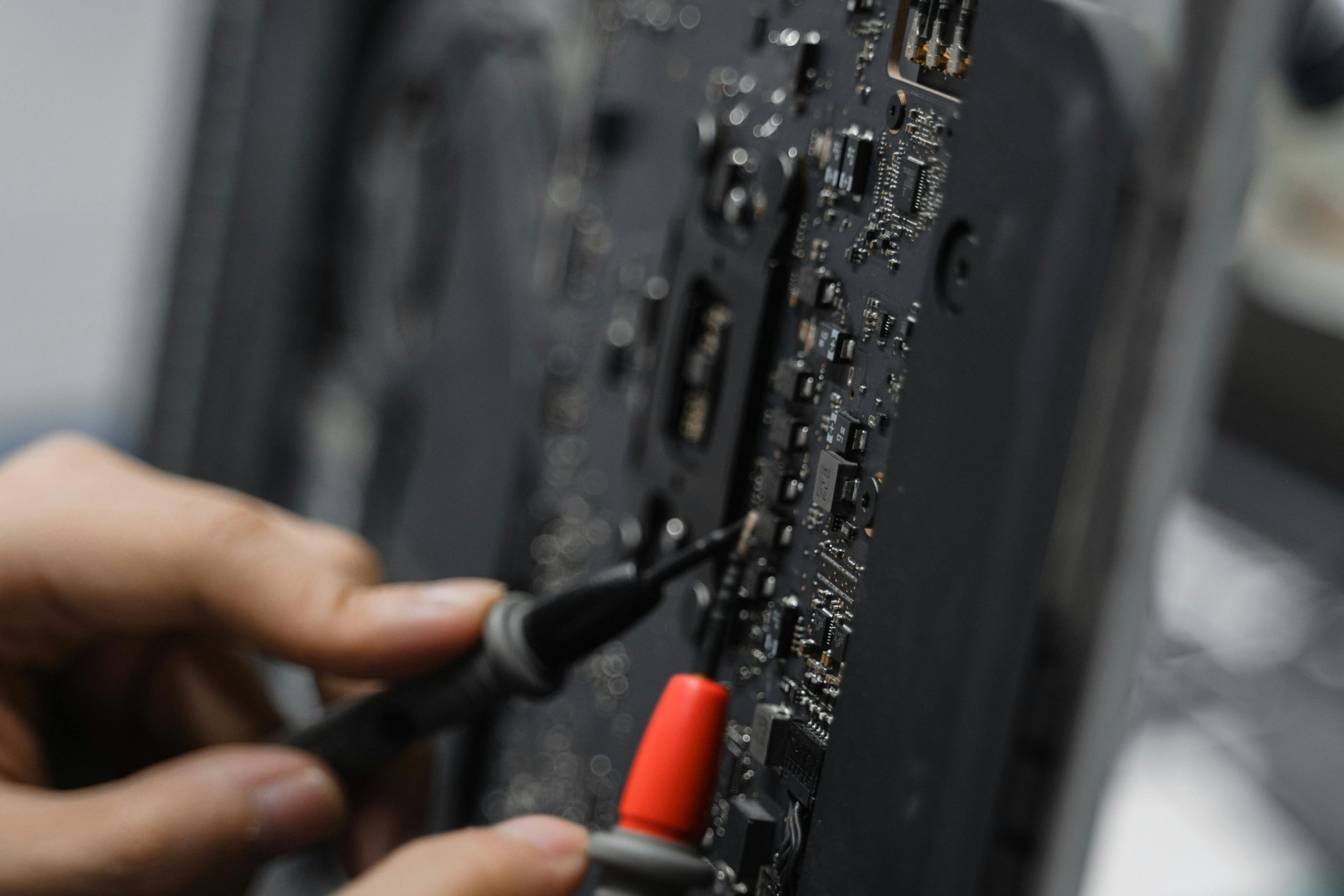Can Applying New Thermal Paste Fix a GPU Power Draw Issue? An In-Depth Look
Recently, I encountered a perplexing issue with my graphics card that has prompted me to explore potential solutions and seek insights from the tech community. This post serves as a follow-up to my previous troubleshooting journey, and I aim to clarify whether reapplying thermal paste could resolve the problem at hand.
The Core Issue: GPU Clock Speed and Power Consumption Stagnation
In my initial investigation, I noticed that my GPU was consistently capped at a clock speed of approximately 139MHz. This anomaly was confirmed through GPU monitoring tools like GPU-Z, which indicated that the “perfcap reason” was related to power limitations. Specifically, the GPU and the 6-pin power input appeared to draw zero watts, despite the power supply, cables, and the 8-pin connector functioning correctly.
For those interested in the detailed context, including system specs, screenshots, and troubleshooting steps, I recommend reviewing my original post here: [Link to original Reddit post].
Similar Cases and Potential Fixes
While researching this issue, I came across a Reddit thread describing a very similar problem. A user reported their GPU being locked at a low clock speed with no apparent power draw. Interestingly, their solution involved reapplying thermal paste on the GPU.
Here’s what the user shared:
“Reapplying thermal paste resolved my GPU’s power and stability issues.”
This raises an intriguing question: Could thermal paste—primarily known for thermal management—affect power delivery and clock speed limitations?
Is Thermal Paste Reapplication a Viable Solution?
Understanding Thermal Paste and Its Role
Thermal paste facilitates efficient heat transfer between the GPU die and its heatsink. Proper application prevents overheating, which can cause the GPU to throttle or even shut down components to protect itself.
Could poor thermal contact or degraded thermal paste cause power draw issues?
While thermal paste mainly affects temperature regulation, severe degradation or improper application could lead to elevated temperatures. High temperatures, in turn, might trigger thermal throttling mechanisms, which could be misinterpreted as power or clock limitations. However, most modern GPUs will throttle if temperatures exceed safe thresholds, rather than outright stopping power draw.
Does this imply that reapplying thermal paste might correct the issue?
It’s plausible, especially considering the GPU is used and may have thermal paste that has dried out or been improperly applied initially. Restoring proper thermal contact could improve
Share this content:



